This story appeared in the August issue of VICE magazine. Click HERE to subscribe.
Since the collapse of peace talks between the Kurdistan Workers’ Party (PKK) and the Turkish government in 2015, hostilities have again broken out between Turkish forces and armed Kurds in the country’s southeastern region. More than 350,000 civilians are thought to have been displaced, and at least 250 killed. Just a year earlier, a resolution to the decades-long conflict had finally seemed within reach. A ceasefire had been declared, motivated largely by Recep Tayyip Erdoğan’s ambition to become Turkey’s president later that year. Seeking a constitutional change that would give him far-reaching powers, creating what some considered an executive presidential system, he would need Kurdish political support. His government entered negotiations with the People’s Democratic Party, the more moderate Kurdish party, and the PKK’s leader, Abdullah Öcalan, who since 1999 has been in Turkish custody on a prison island.
Videos by VICE
For a time, the negotiations seemed to be succeeding. But ISIS’s siege of Kobani, a city in the autonomous Syrian Kurdish region of Rojava, was a breaking point. Erdoğan, threatened by the Syrian Kurds’ consolidation of power in Rojava, refused to allow Kurdish fighters to cross into Syria and relieve Kobani. Many believe he hoped ISIS would crush the city, weakening the Syrian Kurds. Ultimately, under pressure from the US and Turkish Kurds, he relented, and Kobani withstood ISIS’s assault. The battle not only cost Erdoğan his reputation as an ally of the Kurds but also created an increased sense of Kurdish empowerment and a desire for Kurdish self-government. Erdoğan, in response, began to distance himself from the peace talks, and eventually all negotiations were dropped.
Kurds, some affiliated with the PKK, have since retrenched in the country’s eastern Anatolia region, making declarations of autonomy and fortifying towns. The Turkish government has responded with force, imposing curfews during which Kurds in these towns are confined to their homes and deprived of food, water, and medical care for days or weeks at a time. The region is littered with military checkpoints, and conflicts between armed Kurds and Turkish forces are frequent, taking place mostly at night. Between November 2015 and January 2016, photographer Miriam Stanke went to the eastern towns and cities of Van, Yüksekova, Silvan, Şırnak, and Nusaybin to meet some of the Kurds who had recently been confined in a curfew state, or were soon about to be.
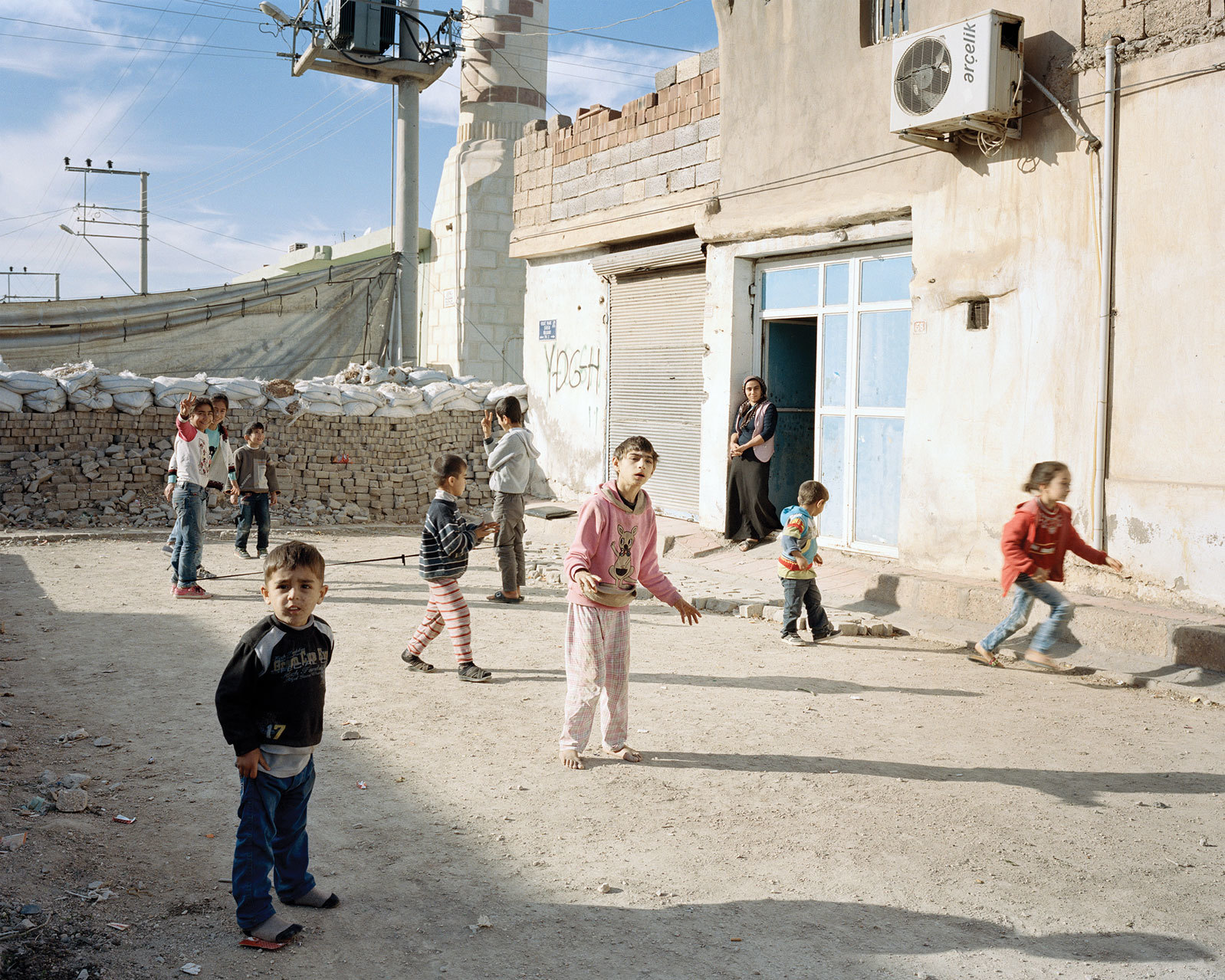
Children play in front of camouflage installed to screen sniper fire in a barricaded neighborhood of Nusaybin.
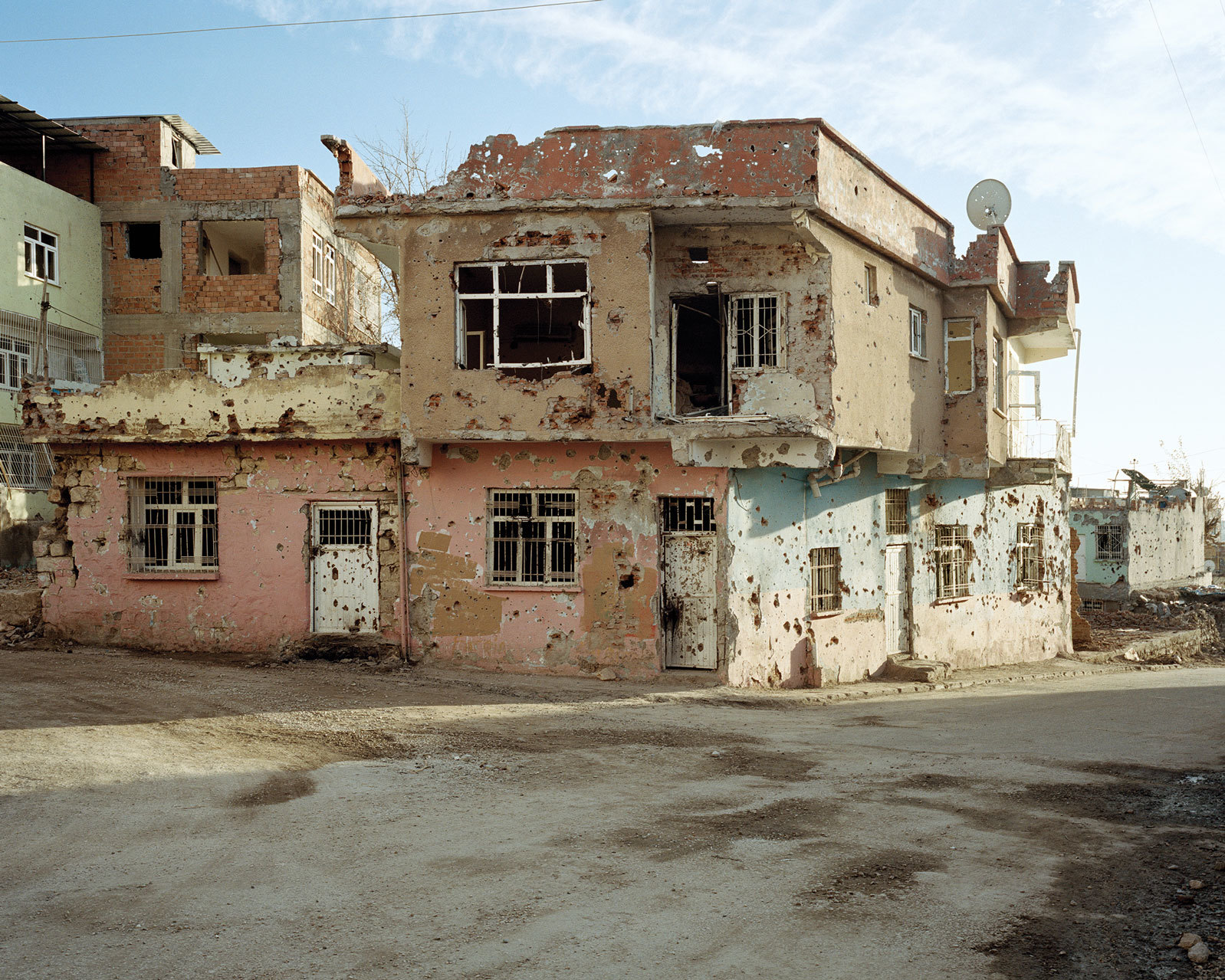
This house in the Konak neighborhood of Silvan was destroyed during a violent curfew.
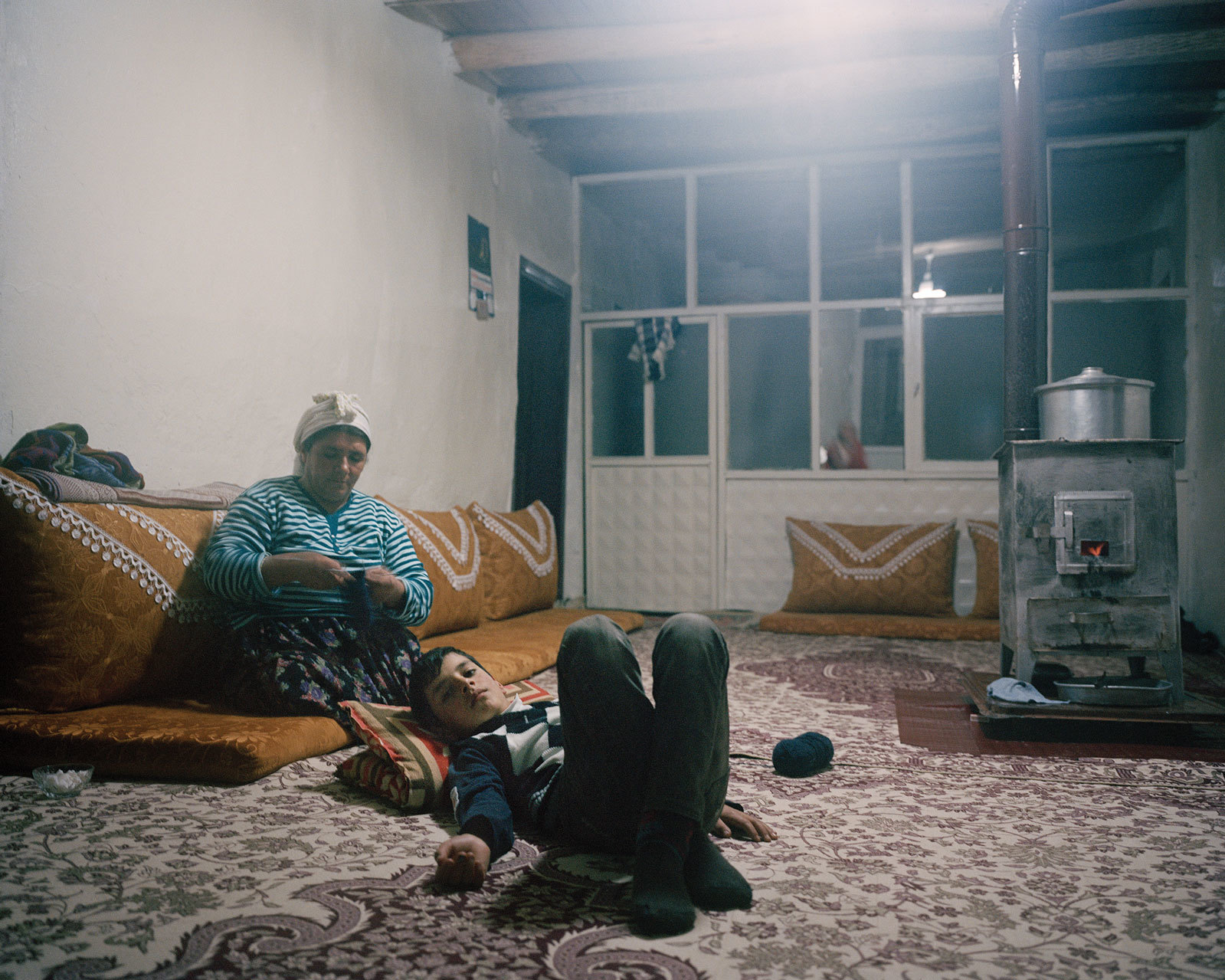
A mother and her son rest in their heated living room in Kısla, a neighborhood in Yüksekova that has seen some of the city’s fiercest fighting.
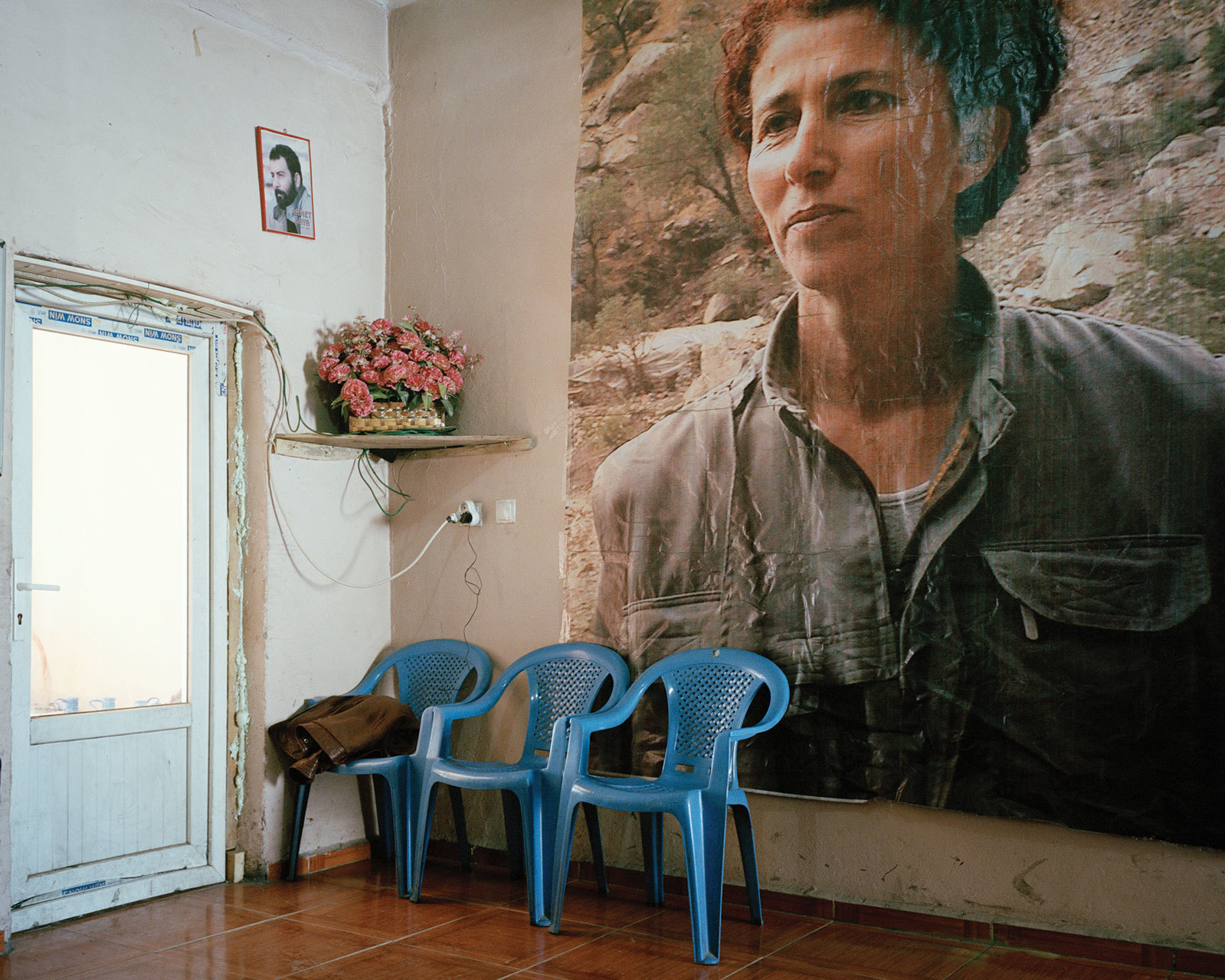
A poster of Sakine Cansız, a co-founder of the PKK, hangs in a Mala Gel (in Kurdish, “people’s house”), a local administrative building in a barricaded district of Yüksekova. Cansız was murdered in 2013.
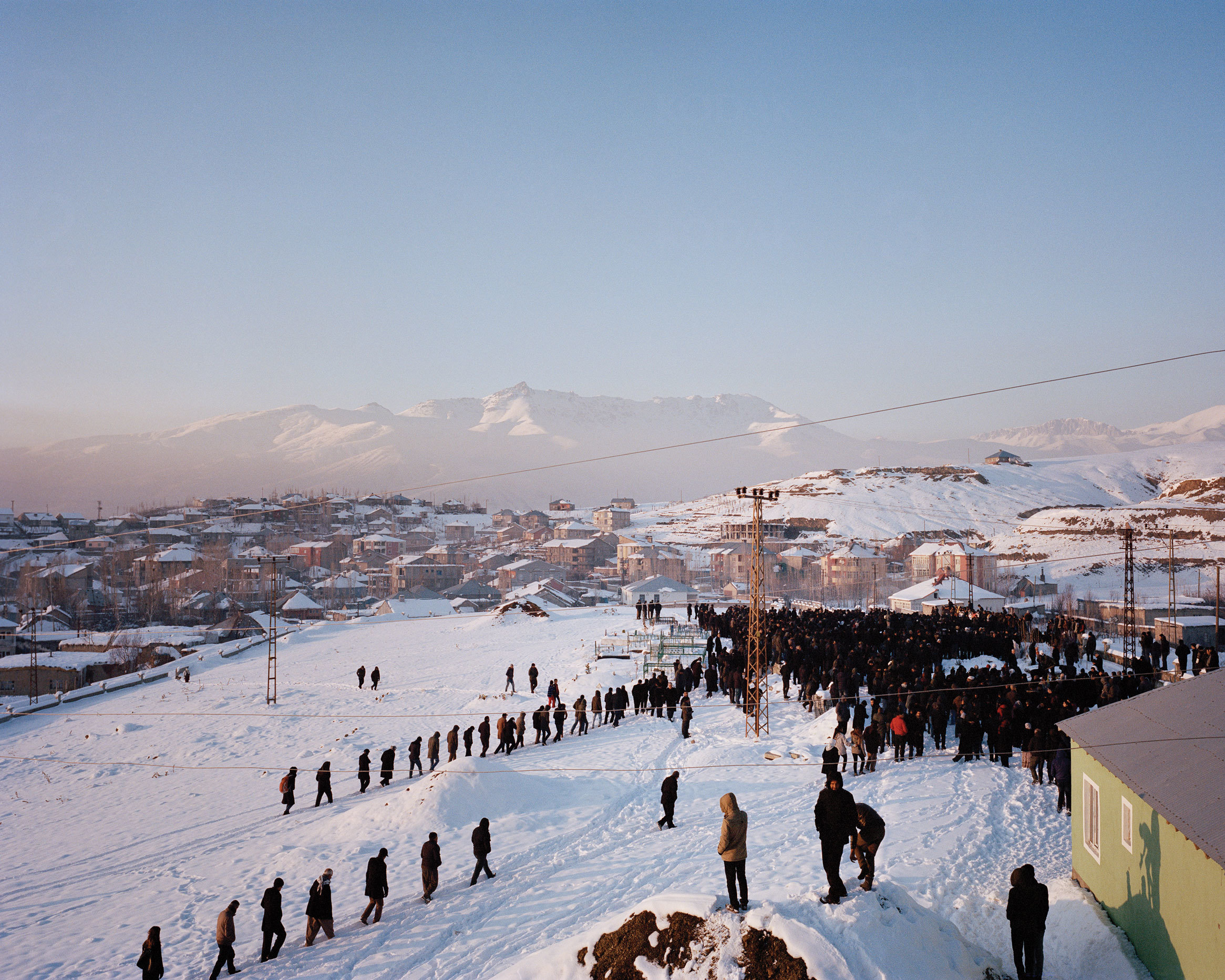
Nearly 1,000 citizens of Yüksekova gather for the funeral of Ersin Aydın, who was killed by government forces.
More
From VICE
-

(Photo by Francesco Castaldo/Pacific Press/LightRocket via Getty Images) -

M Scott Brauer/Bloomberg via Getty Images -
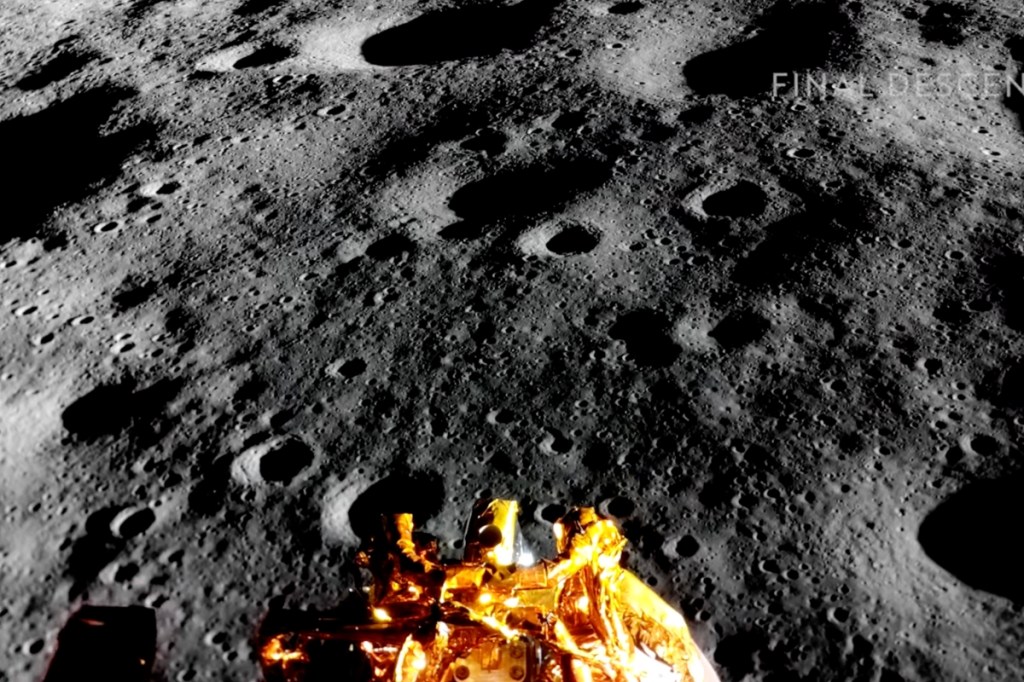
Firefly Aerospace/YouTube -
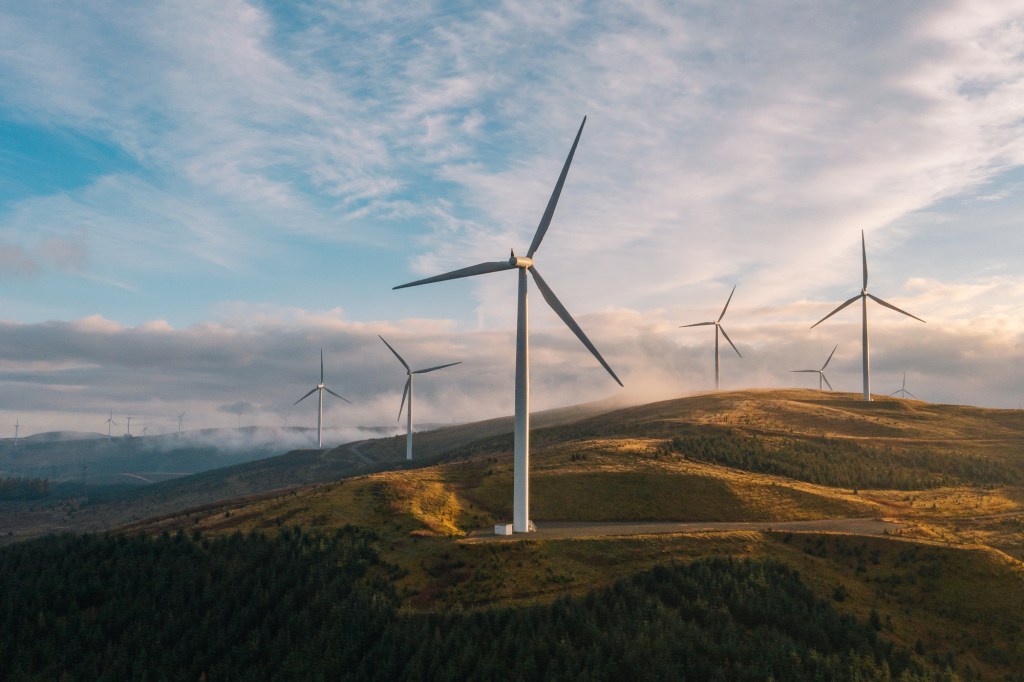
Justin Paget / Getty Images
